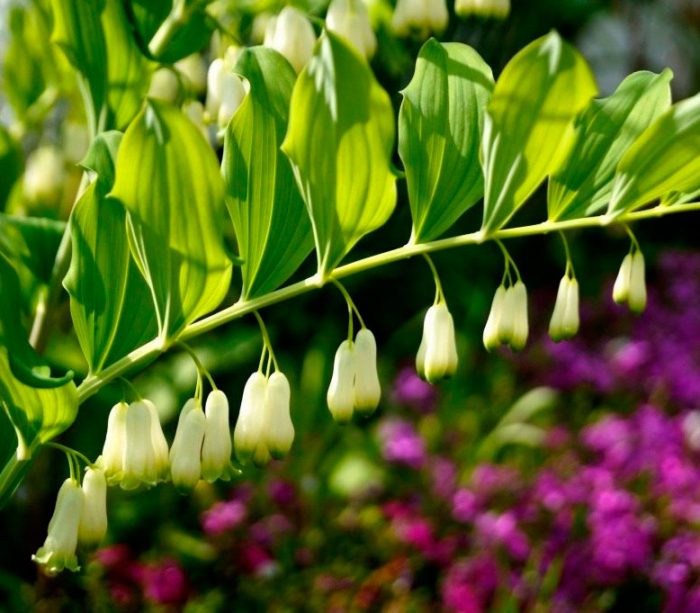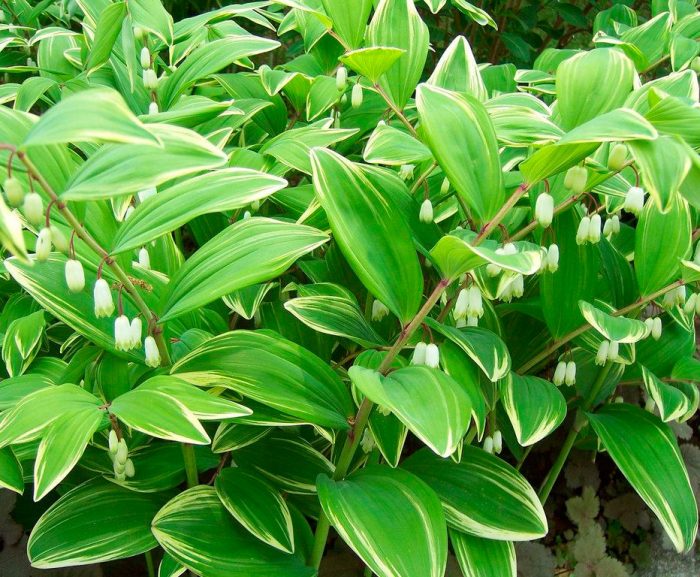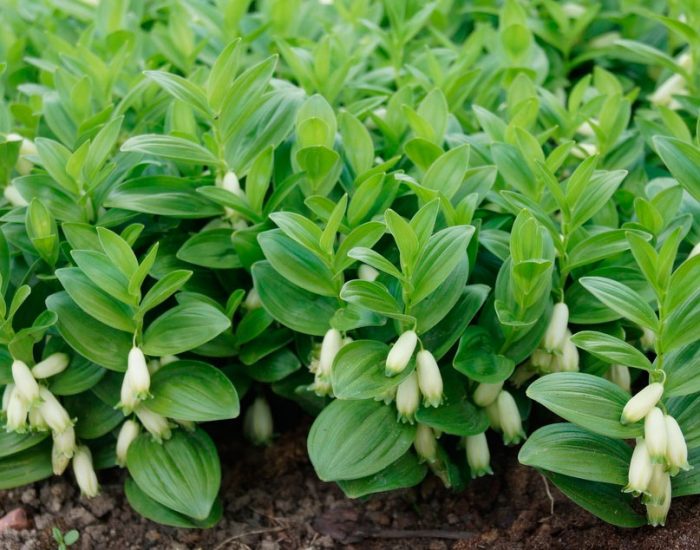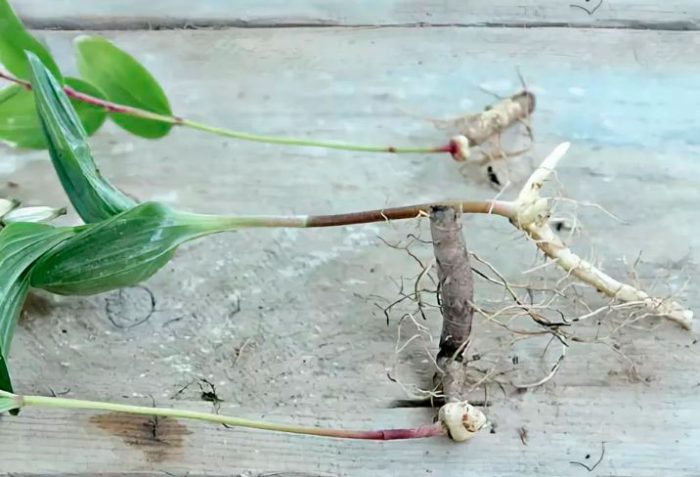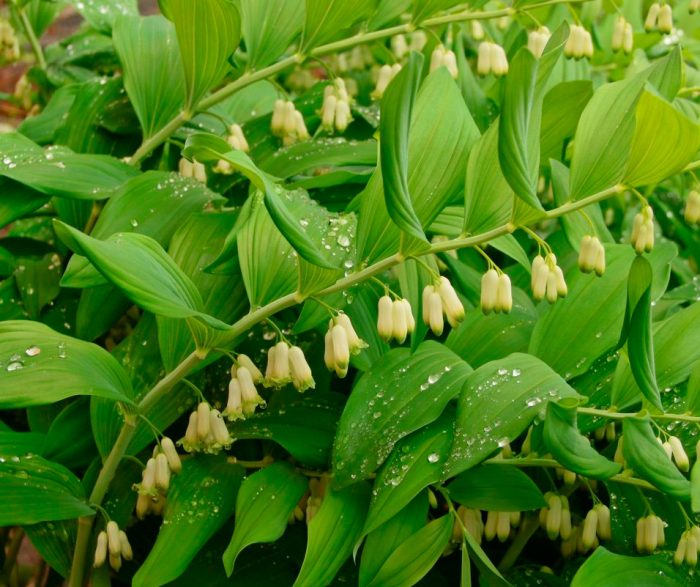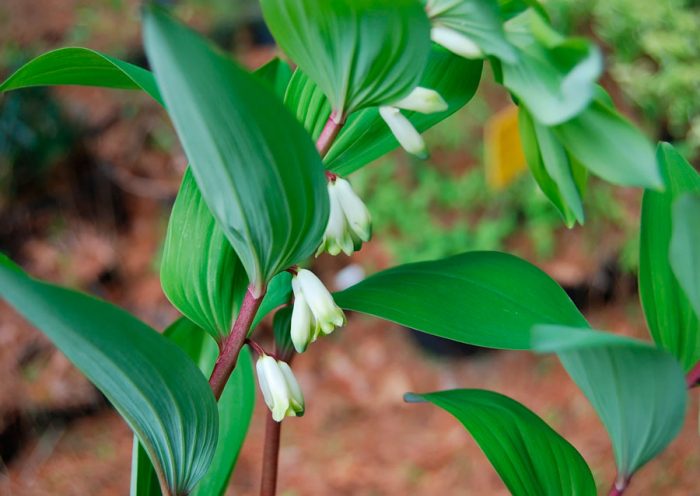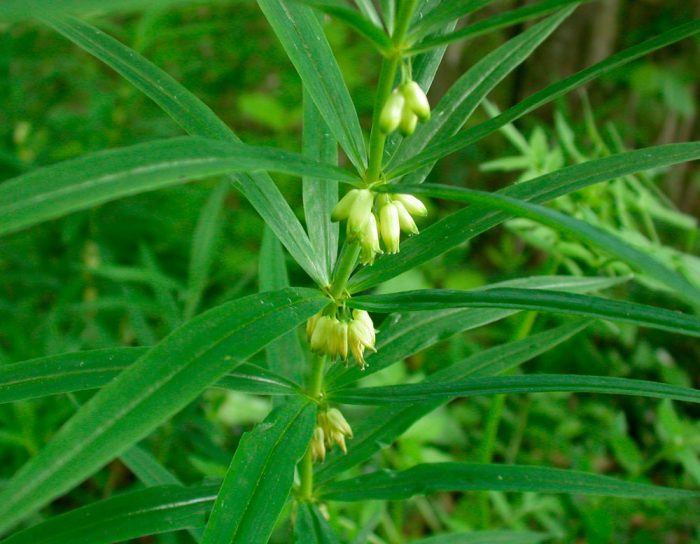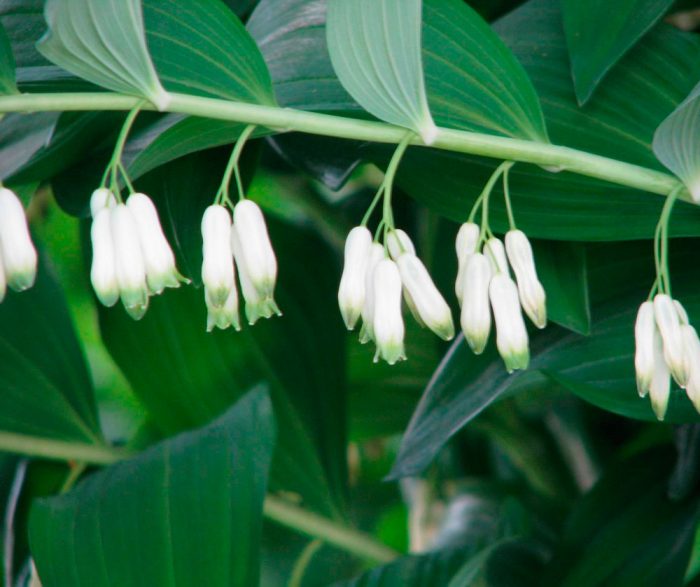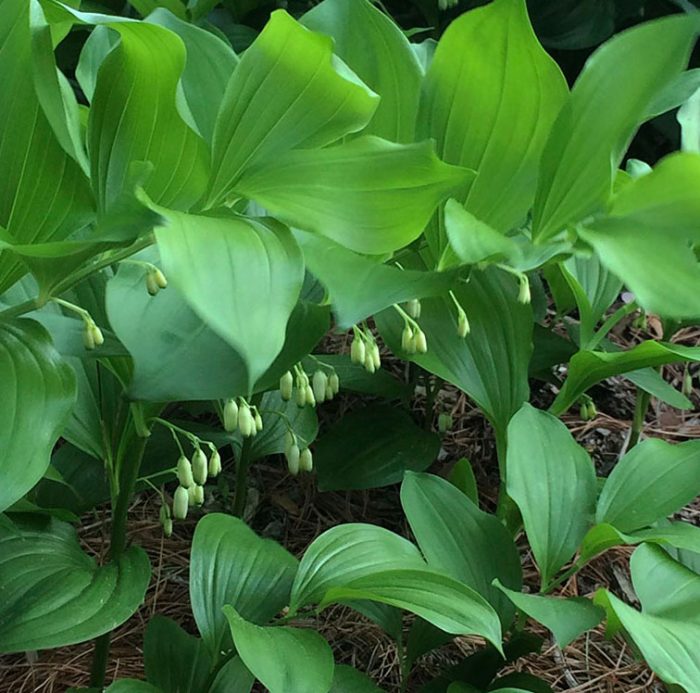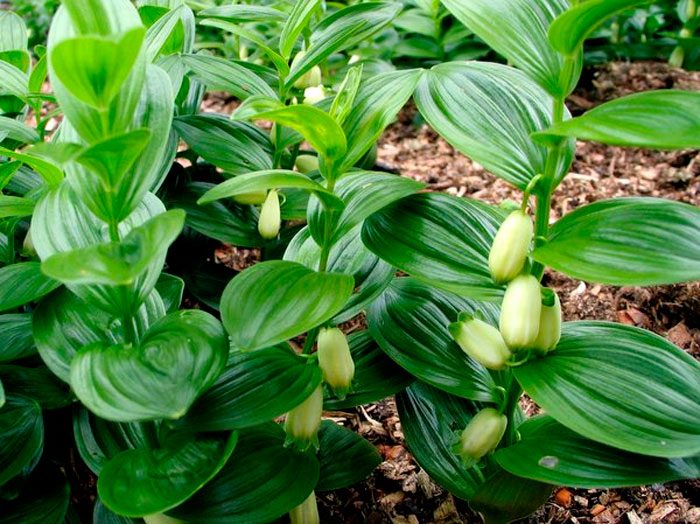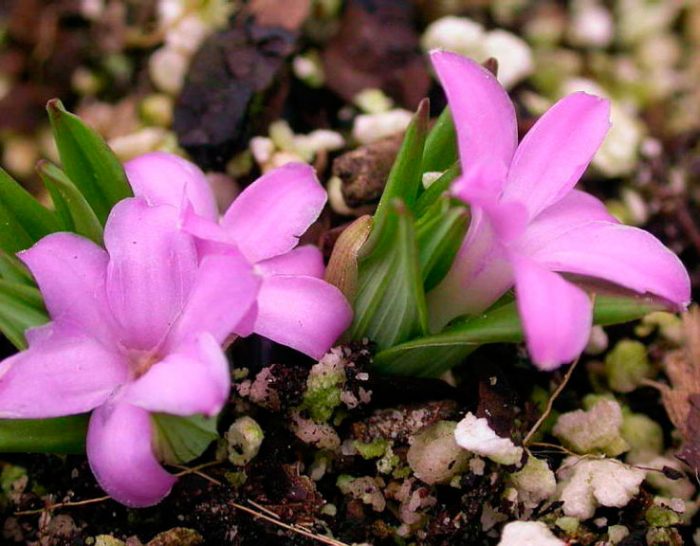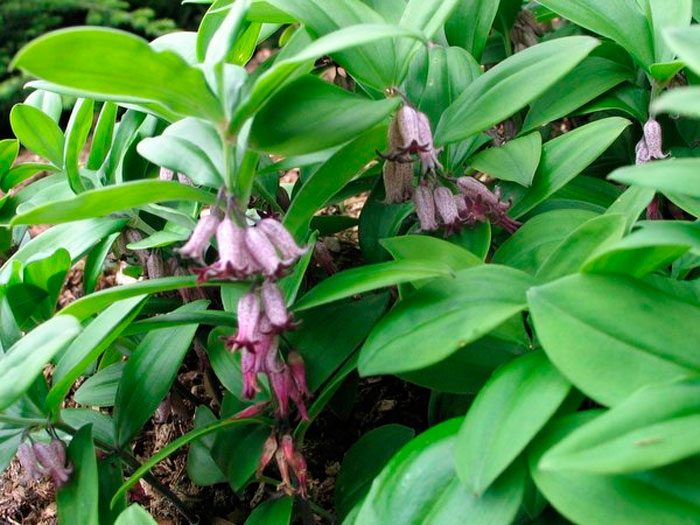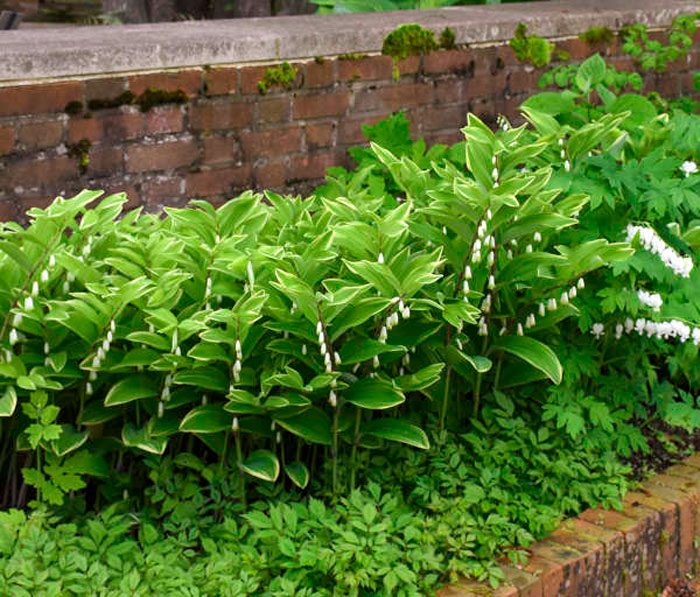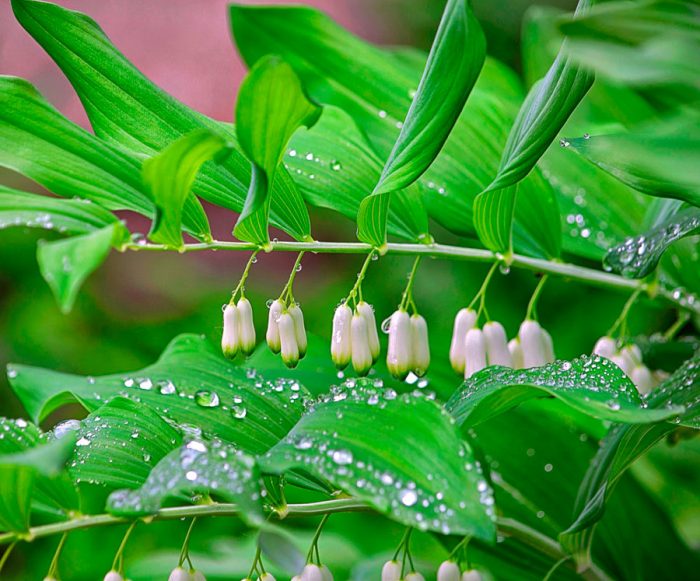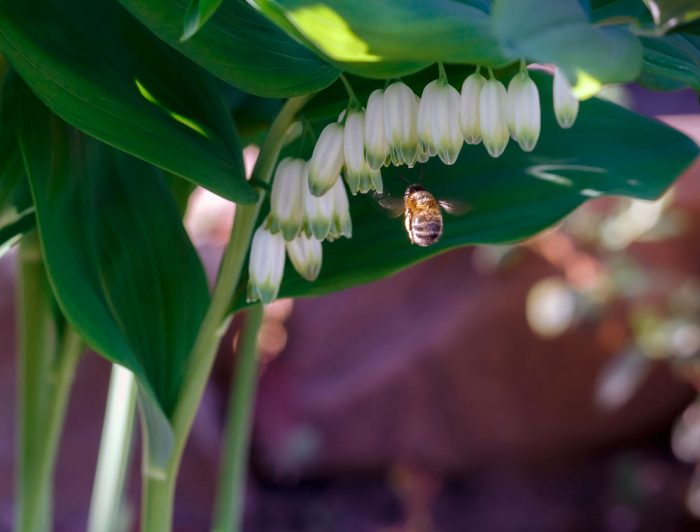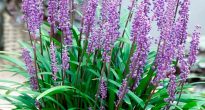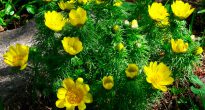Outwardly, Kupena strongly resembles a lily of the valley. The people call this plant differently: kokornik, Solomon's seal, wolf's fang, crow berries, deaf lily of the valley, signet, wolf grass or core. Such an ornamental perennial plant is distinguished by its unpretentiousness, and it also has healing properties.
Content
- 1 Features bought
- 2 Reproduction methods
- 3 Bath care
- 4 Types bought with photos and names
- 4.1 Pharmacy bought (medicinal), or fragrant (P. odoratum)
- 4.2 Whorled Kupena (Polygonatum verticillatum)
- 4.3 Kupena multiflorum (Polygonatum multiflorum)
- 4.4 Broad-leaved Kupena (Polygonatum hirtum)
- 4.5 Kupena squat, or low (Polygonatum humile)
- 4.6 Hooker's Kupena (Polygonatum hookeri)
- 4.7 Kupena pratti (Polygonatum prattii)
- 5 Kupena in landscape design
- 6 Healing properties
- 7 Kupena and mysticism
- 8 Burning Buy
Features bought
The herbaceous rhizome plant Kupena (Polygonatum) is a perennial. Most often in natural conditions, it can be found on slopes and meadows. The rhizome of this flower becomes lignified over time and is articular (multi-generational). It is located horizontally at the ground surface. With the onset of spring, a new shoot grows from the bud located at the top of the root. In autumn, this stem dies off, and a trace remains on the surface of the stem, something similar to a seal. To understand how old the buy is, you just need to count the number of small round-shaped scars with a depressed center that remain from last year's shoots. For this, the plant was nicknamed "the seal of Solomon".
The surface of the ribbed shoots is covered with a smooth thin green skin. In some species, the skin is reddish green. On stems bent in a half-arc, large oval sessile leaf plates grow, which are alternately located. Their upper part is pointed, the edge is smooth, and the veins are embossed.
This plant blooms in May – June. Initially, bell-shaped buds of snow-white color hanging down from the leaf sinuses grow along the lower edge of the shoot, and then the fragrant flowers themselves open. If pollination occurs, then in place of the flowers, fruits will form, which are berries. Initially, the fruits are colored in a pale red hue, which, as it ripens, changes to black and blue. Such a plant contains poison in the berries with seeds.
Reproduction methods
Growing from seeds
Growing such a flower from seeds is quite troublesome, but as a result, you can get a lot of seedlings in a short time. For sowing, you can take seeds that you have collected yourself.After harvesting fully ripe fruits, remove the seeds from them, which should be thoroughly rinsed in clean water to remove the remaining pulp. Then the seed is stratified and placed on a refrigerator shelf for 30 days. Fill the planting container with a mixture of peat and sand, into which the seeds are sown. Then the crops are harvested for 3 months in a cool place (about 5 degrees).
After this time, the crops are briefly transferred to heat (from 20 to 23 degrees). However, for a friendly emergence of seedlings, crops should be removed again in a cool place for 1-2 months. Then the crops are rearranged to a place where the air temperature is kept at 20 to 23 degrees. The light should be diffused, and do not forget to systematically water the seedlings. Note that they grow extremely slowly at first. The grown seedlings are transplanted to a permanent place at the end of spring. For the first time, young bushes will bloom only 3-4 years of growth.
Dividing the bush
It is much easier and faster to propagate such a plant by dividing the bush. As a rule, this procedure is carried out in the last summer or first autumn weeks. Some gardeners divide the overgrown bushes in the spring, after their stems start to grow. It should be borne in mind that by propagating in this way the kupena in the spring, you can easily injure young shoots.
As a rule, adult overgrown bushes are recommended to be divided regularly once every 4–5 years. The fact is that over time, the bush can grow so much that it will climb into the territory of other crops. After you remove the plant from the soil, it must be divided into several parts. All divisions should have a rhizome segment with a growth point, and if the procedure is carried out in autumn, then a part of the stem.
Plant the cuttings in the holes prepared in advance. To do this, place the rhizome in the hole and gently straighten it there. It should be buried in the soil by 50–80 mm. Keep a distance of at least 0.2 m between the cuttings. The planted parts of the bush must be watered, and the holes are sprinkled on top with a small amount of dry earth. If the division of the bush is carried out in the fall, then the planting is still covered with a layer of mulch. During the first two years, the delenki will take root and gain strength, and then they will begin to grow intensively and regularly bloom.
Bath care
Seat selection
Best suited for growing kupena is a site located in partial shade.
Watering
Such a perennial is distinguished by its unpretentiousness and undemandingness to watering. If there is a drought in the summer, then you have to water the bushes more often. Experts recommend covering the soil surface with a layer of mulch, which will help protect it from overly rapid drying and the need for systematic loosening of the earth's surface. By the way, if loosening is carried out inaccurately, then the rhizome can be easily injured.
Fertilizer
Top dressing is carried out in early spring. If the soil is nutritious, then it will be enough to add complex mineral fertilizer to it. If the soil is depleted, then organic fertilizer must be applied to it. The second time the kupena is fed during flowering.
Pests and diseases
This plant is resistant to disease. However, some of the sucking pests as well as slugs can harm its foliage. Since the foliage of this plant is juicy, snails, slugs and other pests that appear on the site from the middle to the end of the summer period love to eat it.
Wintering
In mid-latitudes, such a flower does not need good shelter. In autumn, it is simply recommended to cover the soil surface at the planting site with a layer of mulch, which can be used as sand mixed with peat, compost or sawdust. If the site is blown by the wind in winter, then it is covered with spruce branches, which is able to keep snow.It is removed from the site in early spring before new stems appear.


Watch this video on YouTube
Types bought with photos and names
In total, about 50 types of kupena are described, and most of them have a rather spectacular appearance.
Pharmacy bought (medicinal), or fragrant (P. odoratum)
The ribbed shoots of such a perennial plant reach a height of 0.3 to 0.65 m. The stems are decorated with oval leaf plates. Flowering begins in mid to late May and lasts approximately 5 weeks. Bell-shaped flowers are snow-white.
Whorled Kupena (Polygonatum verticillatum)
The height of the bush can vary from 0.3 to 0.6 m, flowering is observed in June – July. Alternately sessile lower leaf plates have a narrow and elongated shape. The upper foliage is collected in whorls, each of which has from 4 to 8 leaf plates. The Rubrum variety is popular among gardeners.
Kupena multiflorum (Polygonatum multiflorum)
Such a perennial plant reaches a height of about one meter. The foliage is arranged in a couple of rows. Flowers grow in bunches (no more than 4 pieces) from the leaf sinuses, they are small and painted in a snow-white color. This moisture-loving plant is shade-tolerant.
There is a variety - a multi-flowered variegatum (P. odoratum), on the surface of its leaf plates, white stripes are longitudinally located. The bush looks impressive even at the end of flowering.
Broad-leaved Kupena (Polygonatum hirtum)
The bush reaches a height of about half a meter. The upper part of the oval leaf plates is pointed. In the last days of May, greenish-white flowers appear on the bushes.
Kupena squat, or low (Polygonatum humile)
In height, such a stunted species reaches only 15–35 centimeters. Sedentary foliage is colored greenish. During flowering, the bush is decorated with pinkish-white flowers.
Hooker's Kupena (Polygonatum hookeri)
The height of such a unique dwarf plant does not even reach 10 centimeters. The foliage is narrow, oblong. The flowers have a pronounced purple tint.
Kupena pratti (Polygonatum prattii)
This type is highly decorative. The bush is decorated with paniculate racemose inflorescences, consisting of bell-shaped flowers of lilac color. On dark purple shoots, pale green foliage with a silvery sheen, which has an elongated shape, grows.
Kupena in landscape design
The faded kupena bush does not lose its decorative effect. Its curved stems die off only in autumn. Such a perennial plant is often used to decorate shaded areas, but it grows quite well in sunny places.
Such a plant looks spectacular near driftwood and stones, especially if their surface is covered with moss. Also, this flower can be planted in rockeries or at the edge of a decorative pool, but the site must always be with nutritious soil.
In a flower garden, a kupena can be grown in conjunction with ground cover crops, for example: with a loosestrife, Veronica threadlike, ayuga (tenacious), periwinkle, etc. This plant also goes well with a garden cuff. And near it, you can plant bulbous primroses such as: scilla, crocus, etc. Another kupena looks quite impressive not far from white lilacs.
Healing properties
For a long time, the kupena has been classified as a plant with healing properties that can help with various diseases. In folk medicine, this flower is widely used today, but it should be remembered that it has a number of contraindications.
All parts of such a flower contain poison. Its stems, fruits, roots, foliage and flowers are emetic. In case of an overdose, a person may feel severe malaise, which often leads to sad consequences.Remember that this plant should never be used to treat pregnant women.
Kupena has a powerful analgesic and anti-inflammatory effect, and it also helps to eliminate even a very strong cough and has a hemostatic effect. However, often those who self-medicate, without having certain knowledge, instead of benefit, only harm themselves. In this regard, before you start drinking infusions and decoctions prepared on the basis of the purchase, consult a qualified specialist. Such a plant is also used externally, for this you need fresh juice. It is used to treat abscesses and also as a wound healing agent.
This flower has a powerful wound healing effect, therefore it is used to treat bleeding abrasions and wounds. It can also eliminate bruising and bruising very quickly. For this, traditional healers recommend using a decoction of the kupena rhizome. For its preparation, two to three tablespoons of the rhizome of this plant are poured into half a liter of water, which should be crushed in advance. After the mixture boils, it is boiled over low heat for a third of an hour. The resulting broth is used to make lotions and compresses. It is forbidden to take such a drug inside, since it has a high concentration. If you drink it, you will immediately vomit. For oral administration, a completely different broth of weaker concentration is being prepared.
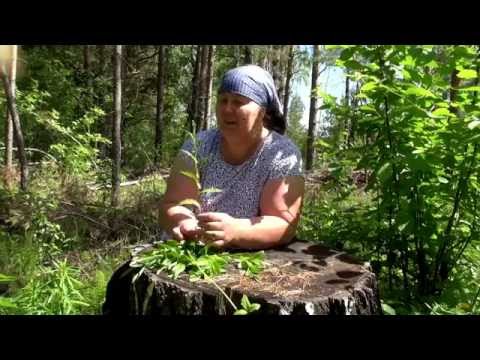

Watch this video on YouTube
Kupena and mysticism
Kupena is often called the "Solomon's seal" or "the seal of Solomon". There are 2 legends that speak of the kupin and the biblical king Solomon. So, in one legend it is said that the king, who lived a very long life, decided to mark the bush with his own seal, which allowed people to quickly find medicinal plants that prolong life. Another legend says that Solomon ordered to put the same pattern on his seal that he saw on the rhizome of the kupena. Today, amulets that can strengthen family ties are made from a dried up small piece of rhizome "with a seal". The parts of the root cut off by the peasants had a shape similar to a cross. They used them as a talisman against damage, evil eye, and the wrath of heavenly powers. Also, this rhizome is widely used by healers for a hernia conspiracy.
A stem with an odd number of leaf plates was called "foam" and the infusion made from it was used to wash the face. This helped to get rid of freckles and other age spots. An infusion from a stem with an even number of leaves, which was called "lupena", was prepared using spring water. They also washed their faces to get rid of damaged skin.
Burning Buy
The bush, which is discussed in this article, has nothing to do with the burning bush, which is actually an ash tree (Dictamnus), or dictamnus. Such a southern perennial belongs to the Rutov family, and it grows in the Caucasus and Crimea. The flowering bush has a characteristic odor; it may seem that it smells like pharmaceutical medicines. The aroma of the fruit is similar to that of freshly ground cinnamon.
If you touch such a plant, you will get a severe burn. But you will only know about it a few hours later, after the formation of watery blisters on the skin. When they heal, sores will remain on the skin. These wounds take a long time to heal. The fact is that the ash bush is shrouded in ethereal vapors. If you set them on fire, they will burn with a bright flame, while the bush itself will not suffer.
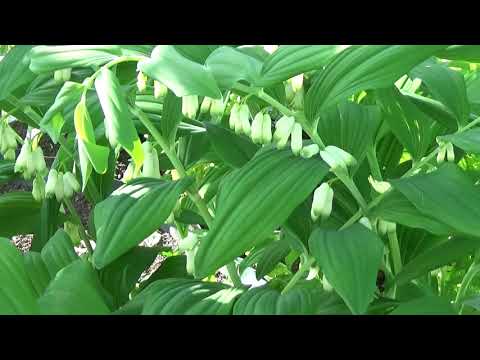

Watch this video on YouTube

